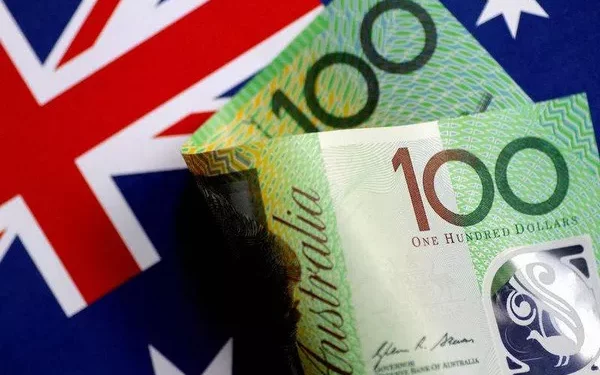The Australian Dollar (AUD) extended gains against the US Dollar (USD) on Thursday, marking a second consecutive day of strength as the AUD/USD pair held steady following the release of preliminary S&P Global Purchasing Managers Index (PMI) data. Australia’s Manufacturing PMI remained unchanged at 51.7 in May, while Services PMI slipped slightly to 50.5 from 51.0. The Composite PMI also eased to 50.6 from the prior 51.0 reading.
The Reserve Bank of Australia’s (RBA) recent 25-basis-point cut to the Official Cash Rate (OCR) on Tuesday underpinned the AUD’s resilience. RBA Governor Michele Bullock endorsed the decision, highlighting the importance of controlling inflation and describing the cut as a proactive move to boost confidence amid current economic conditions. Bullock also hinted that further policy adjustments remain possible if warranted.
Meanwhile, the US Dollar Index (DXY) continued to lose ground for the fourth straight session, trading near 99.50 as markets await the release of the S&P Global US PMI data. The US House Rules Committee approved President Donald Trump’s expansive tax-cut bill, setting up a full House vote expected shortly. However, Federal Reserve officials voiced growing concerns about declining consumer and business confidence amid shifting US trade policies, with Atlanta Fed President Raphael Bostic warning of potential disruptions to trade logistics.
The US Dollar’s weakness deepened following Moody’s downgrade of the US sovereign credit rating from Aaa to Aa1, citing rising debt burdens and widening budget deficits. Inflation data released last week showed easing price pressures, raising expectations of Federal Reserve rate cuts in 2025, while disappointing retail sales fueled fears of prolonged economic sluggishness.
China’s Commerce Ministry criticized US export controls on advanced chips as unilateral protectionism, while the People’s Bank of China cut its Loan Prime Rates, signaling continued support for economic growth.
Renewed optimism over a 90-day US-China trade truce and hopes for additional trade agreements provided further support for the risk-sensitive Australian Dollar. Political upheaval in Australia also played a role, with the ruling Labor Party regaining power after the opposition coalition dissolved.
Technically, the AUD/USD pair traded near 0.6440, maintaining a bullish posture above its nine-day Exponential Moving Average (EMA) and supported by a Relative Strength Index (RSI) comfortably above 50. Immediate resistance lies at the six-month high of 0.6515, with a potential extension toward the seven-month peak at 0.6687. On the downside, support is found at the nine-day EMA near 0.6427 and the 50-day EMA around 0.6367; a break below these levels could challenge the near-term bullish outlook and expose the pair to a drop toward the March 2020 low of 0.5914.
Related Topics:





















